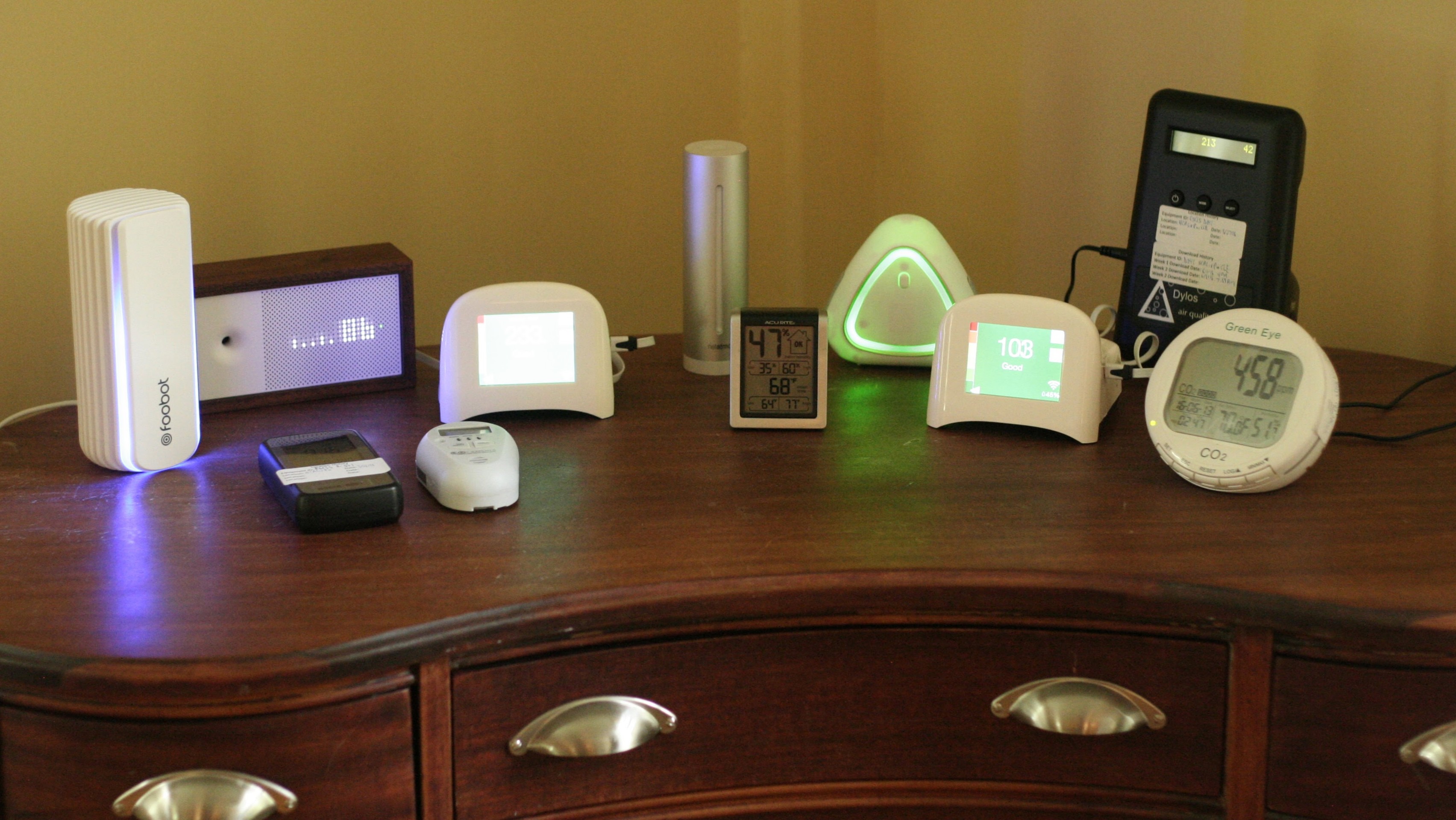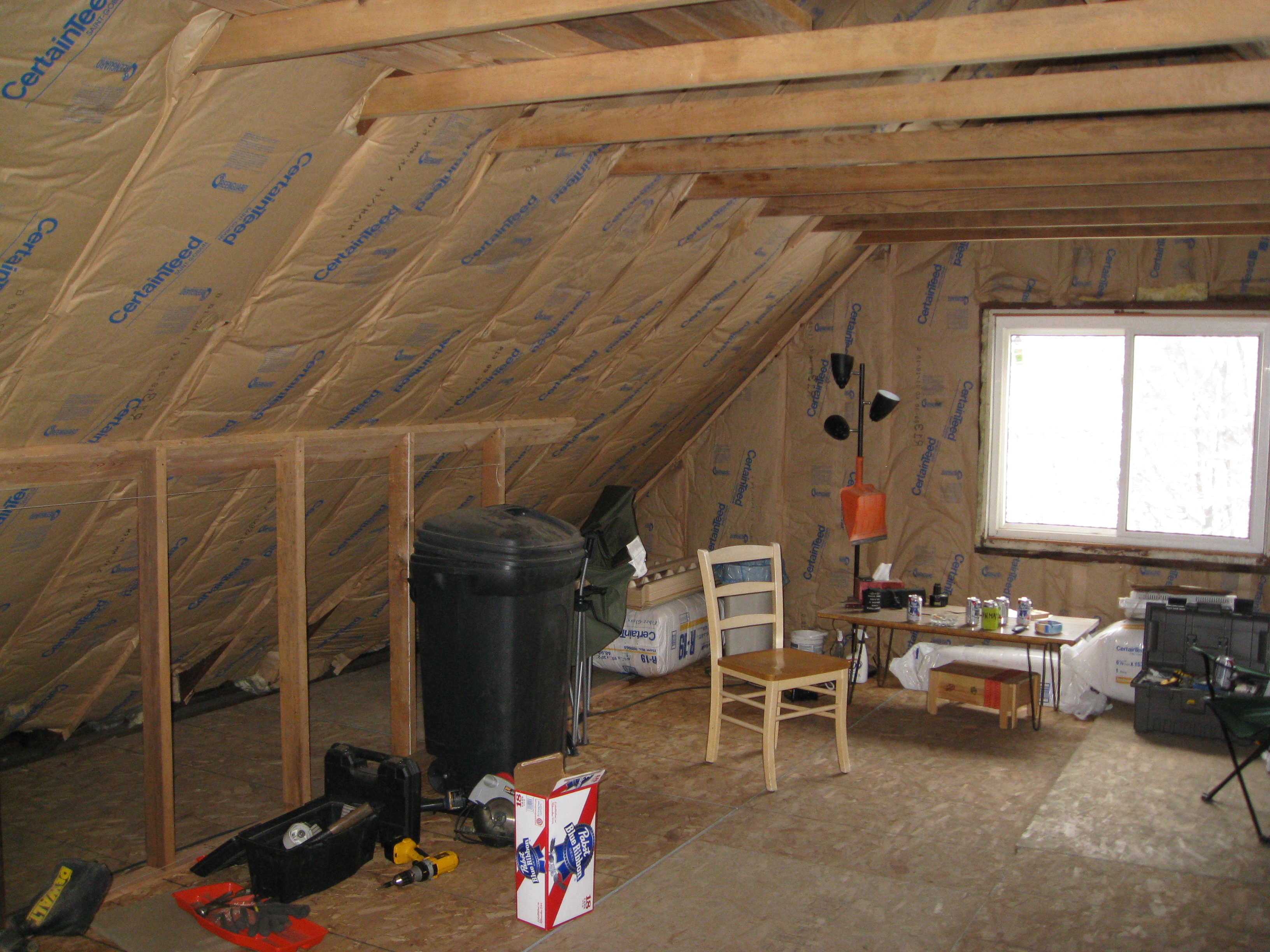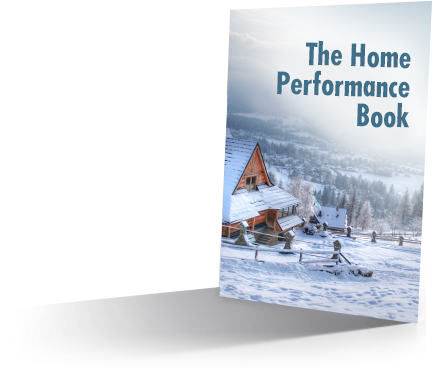Why High Ceilings Make Cold Rooms
Do you have a vaulted or cathedral ceiling in your bedroom or family room, or a two story foyer in your home? My bet is, they’re not the most comfortable places to be in your house. The reason is simple, and I just felt an example en route to a speed meet.
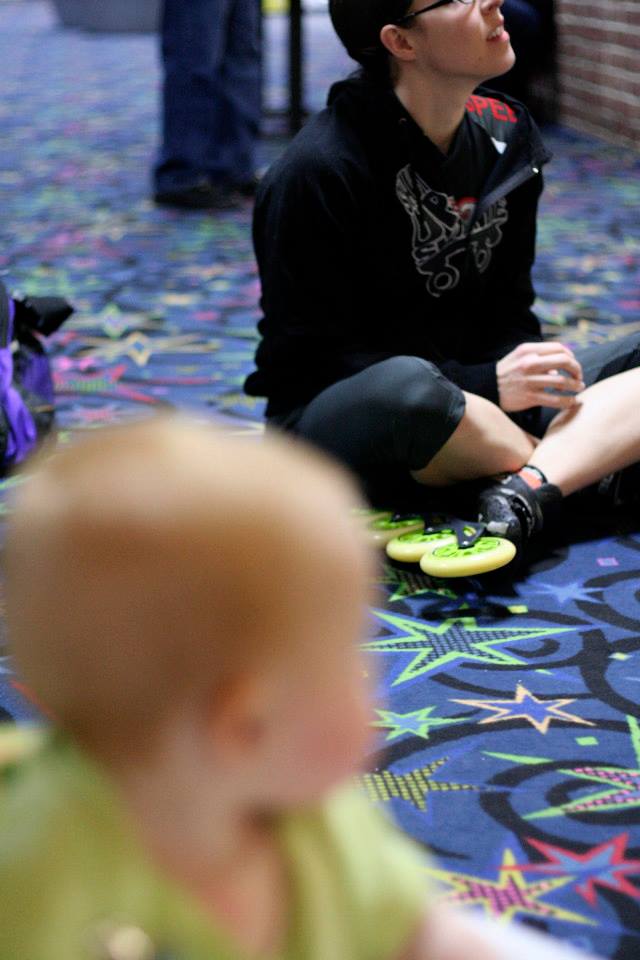
My wife is a speed skater, and also plays roller derby, so we end up driving all over the place carting roller skates around. On the way to Hagerstown, Maryland, one of the big speed skating centers in the region, we stopped at a service plaza on the PA turnpike, here’s what the ceiling looked like:
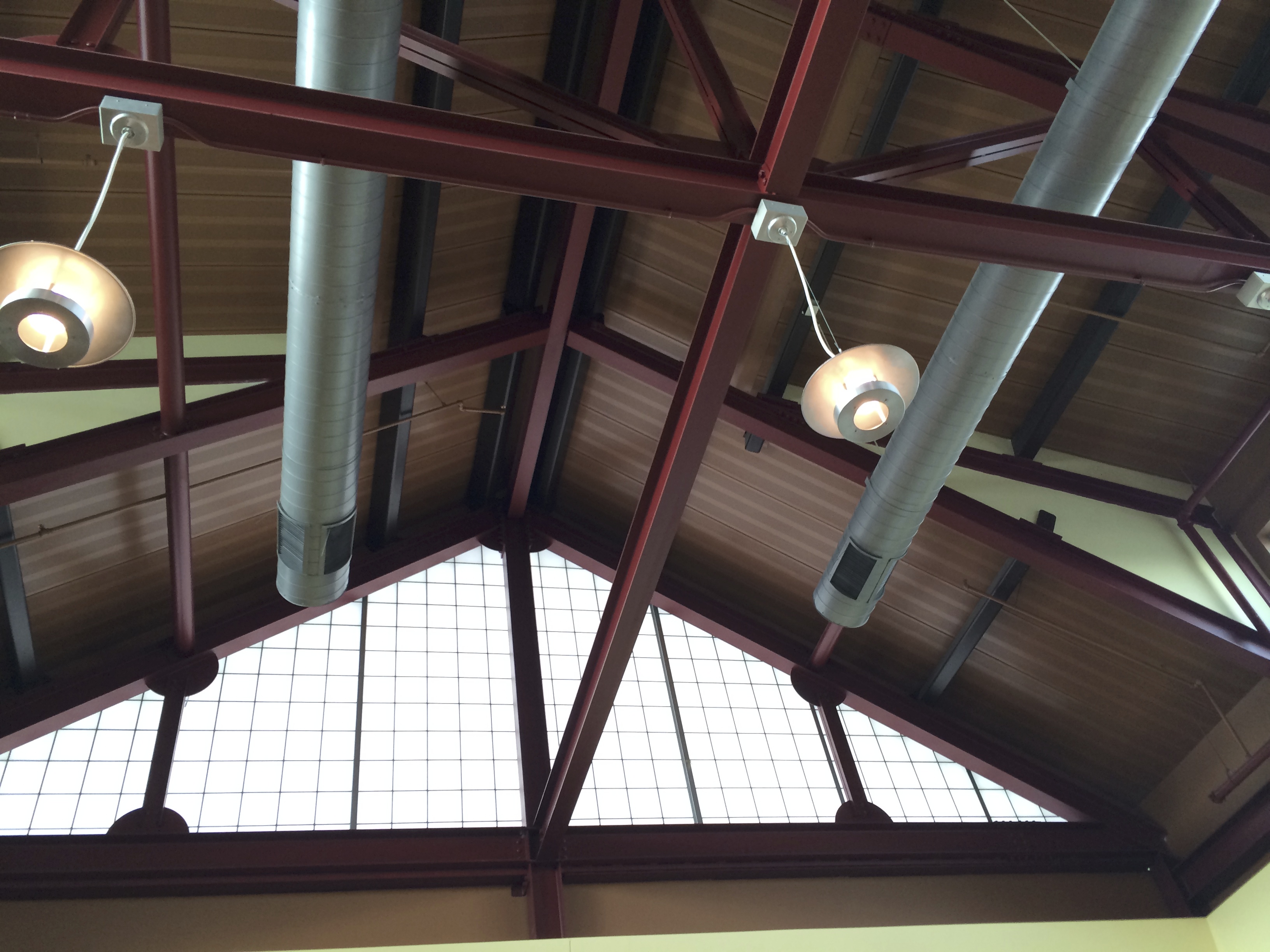
It was a mild winter day, about 40 degrees out, yet my wife and I froze in there. This particular building had all sorts of things working against it:
- Very high cathedral ceilings.
- Too many windows.
- High HVAC ducts.
The problems are simple, physics-wise:
- Warm air rises.
- Windows cause mean radiant temperature differences.
Since the hot air rises to the ceiling and the ducts are close to the ceiling, the heat doesn’t do a very good job of getting to the floor (it should work ok for air conditioning, though.)
This building had a HUGE amount of windows as well. I forgot about the windows in the gable end until I looked at the picture (that’s the triangle shaped area.) There is also a dormer you can just begin to see on the right with windows in it. Plus most of the lower walls are windows.
While windows are great for light, they’re crappy for comfort.
I’ll delve further into the topic in another post, but windows cause problems for mean radiant temperature. Radiant energy is really comfortable to us. The sun delivers radiant energy. Fires deliver radiant energy. More importantly, our bodies make a lot of radiant energy. (See Allison Bailes’ ‘Naked People Need Building Science.’)
When radiant energy is pulled out of our bodies by an uninsulated wall or a window, it makes us feel very cold. Have you ever eaten at a restaurant on a cold winter night and been seated near the window, then noticed how cold you were? That was because the window was literally sucking the warmth out of your body, in the form of radiant energy.
For a room to be comfortable, the radiant temperature of the exterior walls, floors, ceiling, and interior walls need to be similar, or else it creates imbalances we can feel.
Such was the case in this building. Not only was the heat not doing a good job of getting down to the table we were eating at, but those windows were robbing our bodies of radiant energy, making us cold.
Basically, from a Building Performance perspective, this building kind of sucks. (That’s the technical terminology, you know…)
So does this make you think of your master bedroom cathedral ceiling or the vaulted ceiling in your family room or the two story foyer in your home? Or the floor of your bonus room over the garage? The exact same principles apply.*
Homes have an additional complicating factor that the insulation over these areas is often crushed, of low R-value, or generally of subpar performance – if it is a true cathedral ceiling where the drywall is screwed directing into the roof joists. Other homes have space above the ceiling that you can crawl into, I call this a vaulted ceiling. Those are usually much easier to fix.
So how can you fix a room with a cathedral or vaulted ceiling area, or a two story room? Frankly, it’s tricky. The air needs to be well mixed and the building shell (insulation and air sealing) needs to be as good as we can make it. How that is accomplished varies from circumstance to circumstance and really needs a closer look and diagnosis to give a good answer as to the best measures to make it better. A word of caution, this is a design problem, and design problems are difficult to fix really well. So keep reasonable expectations of the amount of improvement you’ll feel. Improvement is possible, but ‘completely’ fixed may be too far fetched.
In the case of this building, I don’t see any cheap and easy fixes, the ceiling probably needs more insulation, the ducts need to be lower, the gable ends and high windows should probably be covered and insulated – it’s a tough nut to crack. Most rooms I see in homes have much better potential for improvement.
Trying to solve a comfort problem in your home?
The Home Comfort Book will help you avoid wasting thousands chasing symptoms by teaching you what root causes to problems are. The first chapter, Home Comfort 101, is available free here:
Once you read Home Comfort 101, the next step is to get an initial consultation. Whether you are near us in the Cleveland area or elsewhere in the US or Canada, we can help. Click here to fill out our form and get started.
* In the case of the cold floor, conduction, or heat transfer through solids, is also happening as your feet transfer their heat into the floor. If it’s a skating rink, there’s not much to do because there is no space below the floor, but in a home this is usually caused by air leakage, or even thermostat setback, and can usually be addressed. Also, if the furnace or AC runs longer cycles, it will do a better job of heating or cooling that space, but that’s another article…
Bonus: As one last little ‘awww’, here is baby Felicity asleep at the speed meet under the black lights. Roller rinks are NOT afraid of wild carpet patterns…

Get the HVAC Guide

It's free! Make buying a new furnace, air conditioner, or heat pump less stressful.




